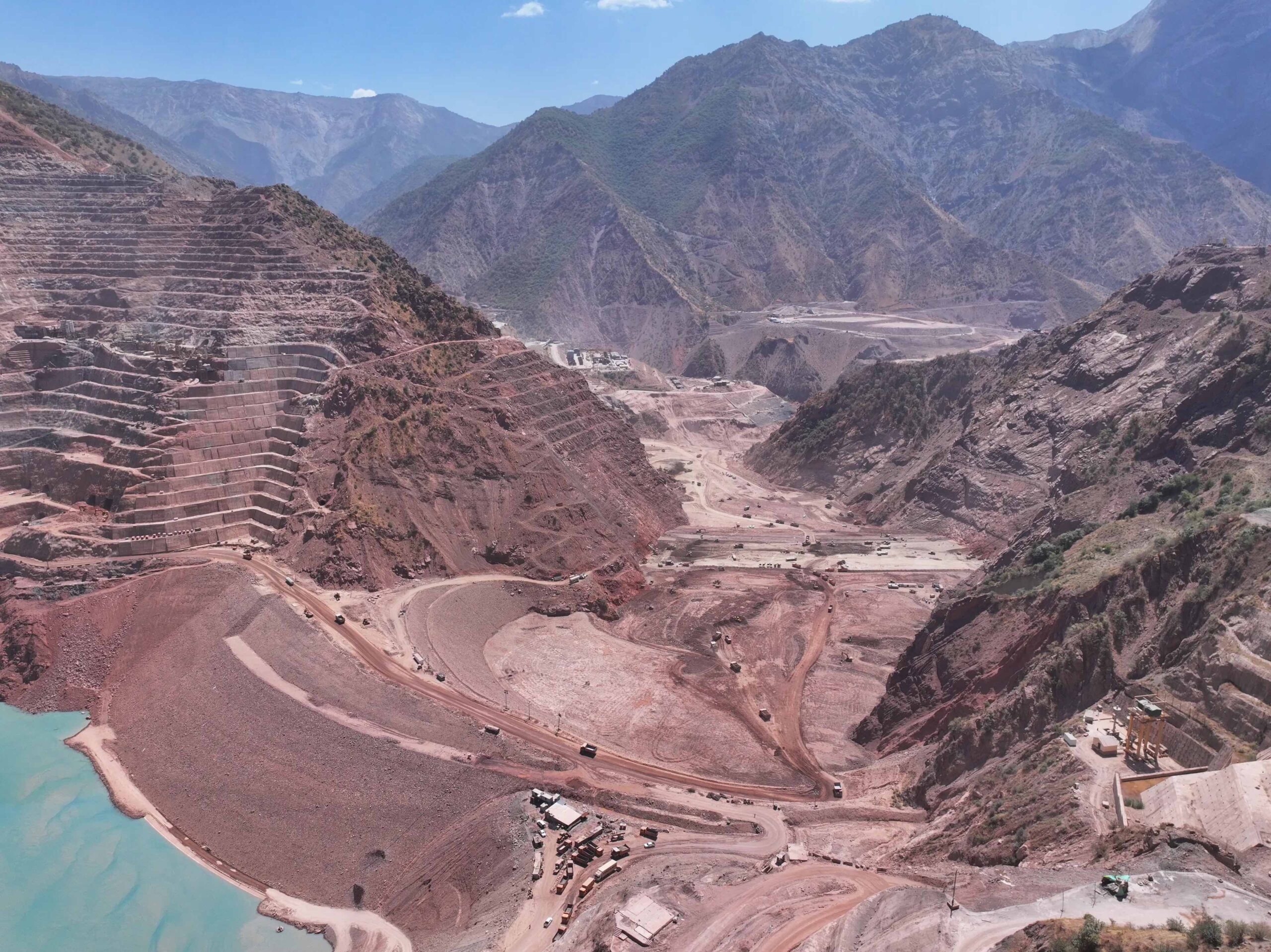
Tajik president Emomali Rahmon visited the under-construction Rogun hydropower dam this week to instruct the main contractor, Italy’s Webuild, to “work around the clock” while the benign summer weather lasts.
The president is eager to get the Soviet-era megaproject, which Webuild has been working on for 11 years, finished as soon as possible.
More than 18,000 workers are on site, according to the president’s office.
He said Webuild must ensure the water in the reservoir reached an interim level of 1,100m by the end of September.
The target water level is 1,300m, an engineer working on the dam told AFP news agency in January.
Webuild said the water level had risen 100m in the last year.
Power hungry population
President Rahmon is banking on the dam, set to be the world’s tallest when its barrier reaches the target height of 335m, to solve his fast-growing country’s electricity crisis.
Tajikistan has recorded GDP growth of 8% or above since the fourth quarter of 2022.
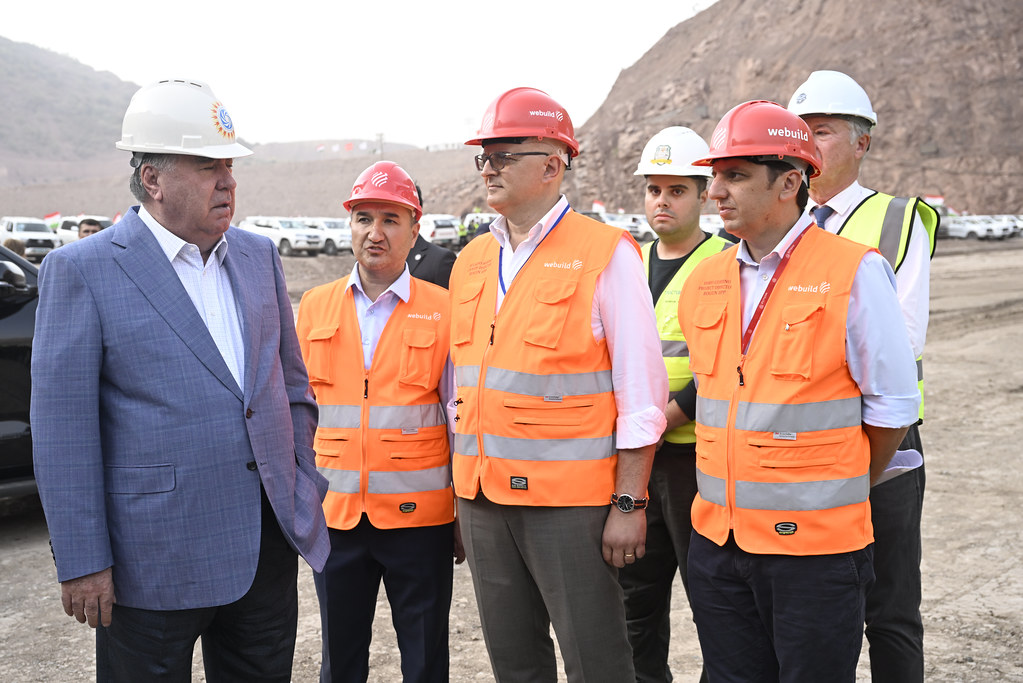
But its supply of electricity, 93% of it from hydroelectric plants, isn’t enough for the population of 10.8 million, 70% of whom suffer rationing blackouts in winter when river flows slow and temperatures plummet.
Unlike its Central Asian neighbours, Tajikistan relies on hydropower because it hasn’t invested in exploiting its oil and gas deposits.
Doubling capacity
The Rogun dam, situated about 100km west of the capital Dushanbe on the Vakhsh River, is expected to solve the country’s power problems by doubling its electricity supply.
When complete, it will have six turbines producing 3.6GW in total, which Webuild likened to the output of three nuclear reactors.
The president’s office said Tajikistan’s prime minister, Kokhir Rasulzoda, “expressed confidence” that the country would “achieve energy independence” by August 2027, suggesting the deadline for completion.
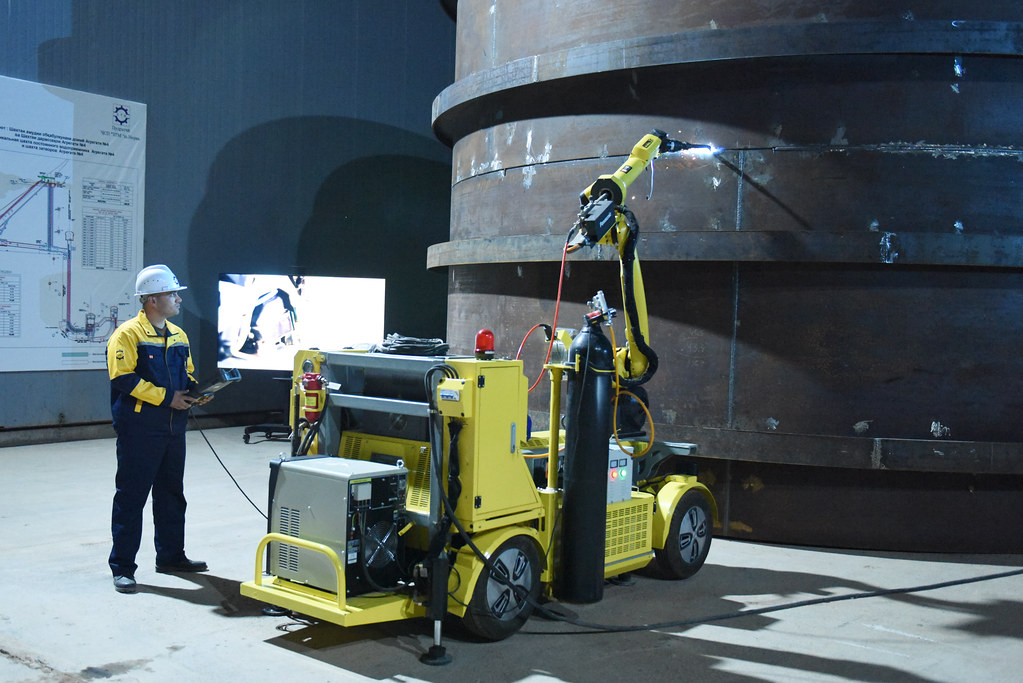
Two turbines, known as units 5 and 6, are already generating power.
Some 15,400 people living in the flood zone have been given alternate housing and plots of land, the president’s office said.
So far this year, the government has spent $461m on the dam, while, since 2008, the figure is $5.16bn, it added.
A Soviet-era project
Construction of the dam began in 1976, when Tajikistan was part of the USSR, but stopped when the Soviet Union dissolved in 1991.
Work resumed in 2008, but was suspended in 2012.
The project’s current phase began in 2016, when Salini Impregilo – now known as Webuild – was appointed main contractor.
The dam’s cost then was estimated at $3.9bn.
- Subscribe here to get stories about construction around the world in your inbox three times a week
Comments
Comments are closed.

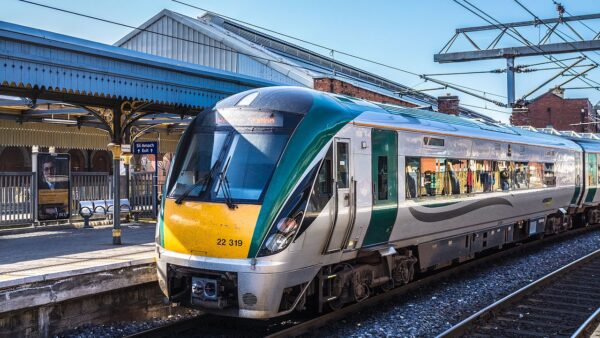

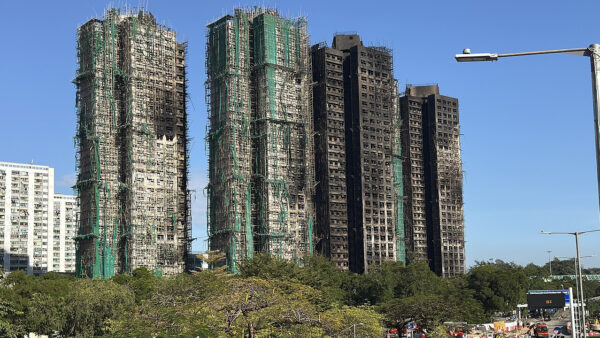



Remarkable engineering .feat. Wish them all the best ,it will take care of rising electrical demands .No fuel burning, no air pollution. Excellent!